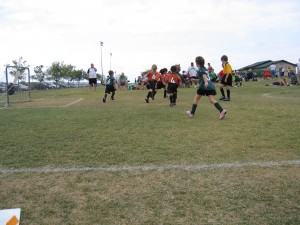 April 17, 2011 GUEST BLOG POST by Autumn Ciliberto
April 17, 2011 GUEST BLOG POST by Autumn Ciliberto
I recently read some interesting research that addresses this question. It was conducted by Dahlin in 2007: “Burnout and Psychiatric Morbidity among Medical Students Entering Clinical Training: a Three Year Prospective Questionnaire and Interview-based Study.” This article covered the important subject matter of dealing with medical students still in their college practices, graduating with anxiety and incompetent speaking skills.
The medical students are doing 16+ hour days–doing school work and then going to practice within the hospitals. The researchers worked with first year medical students to compare their stress levels to the third year program students. They wanted to learn if trait anxiety and vulnerability was present in students before reaching the third year, and what effect this anxiety had on the medical students’ communication skills with patients.
The research revealed a high burnout rate among medical students who showed depressive symptoms and/or financial concerns in the first year. At the third year, a significant number of medical students had anxiety and/or depressive symptoms, but few were willing to seek help–perhaps worrying about the effects on their career. This may affect the communication between these future doctors and their patients. The researchers conclude that, “There is evidence that mental distress during medical school predicts later problems in physicians, which in addition to the personal suffering of the individual doctor might negatively affect patient care” (Dahlin, p.1)…
Dahlin, M.E. (2007). Burnout and Psychiatric Morbidity among Medical Students Entering Clinical Training: a Three Year Prospective Questionnaire and Interview-based Study. Biomed Central Medical Education, 7, 6.




![2009_Sojourn_065[1]](http://whyhealthcommunication.com/whc_blog/wp-content/uploads/2011/04/2009_Sojourn_0651-300x224.jpg)




